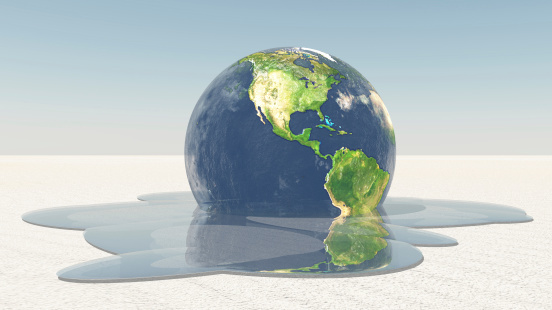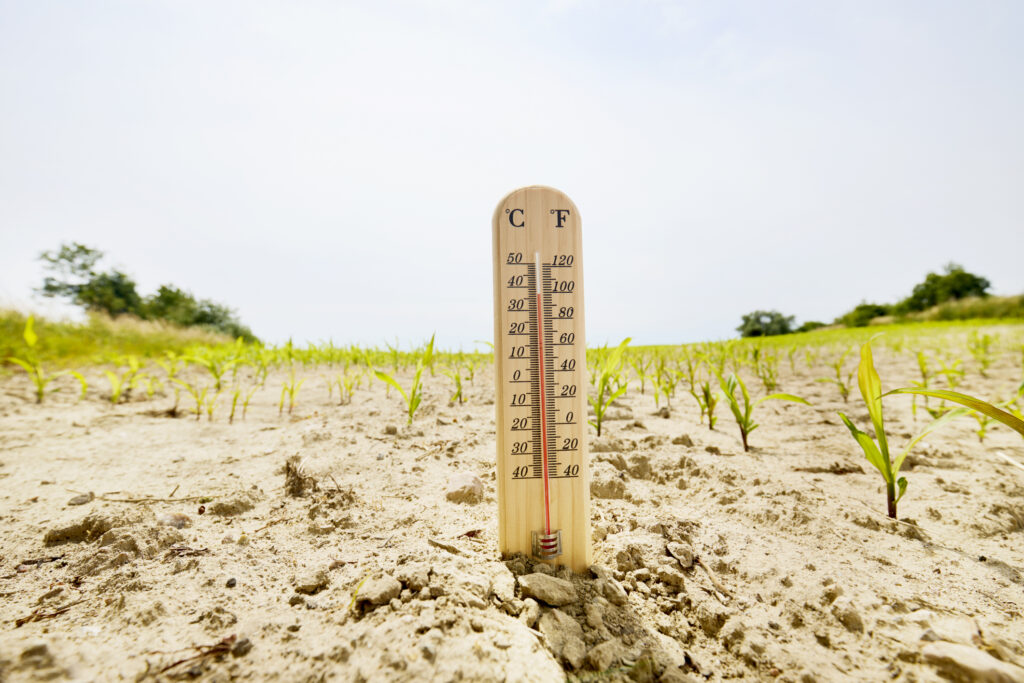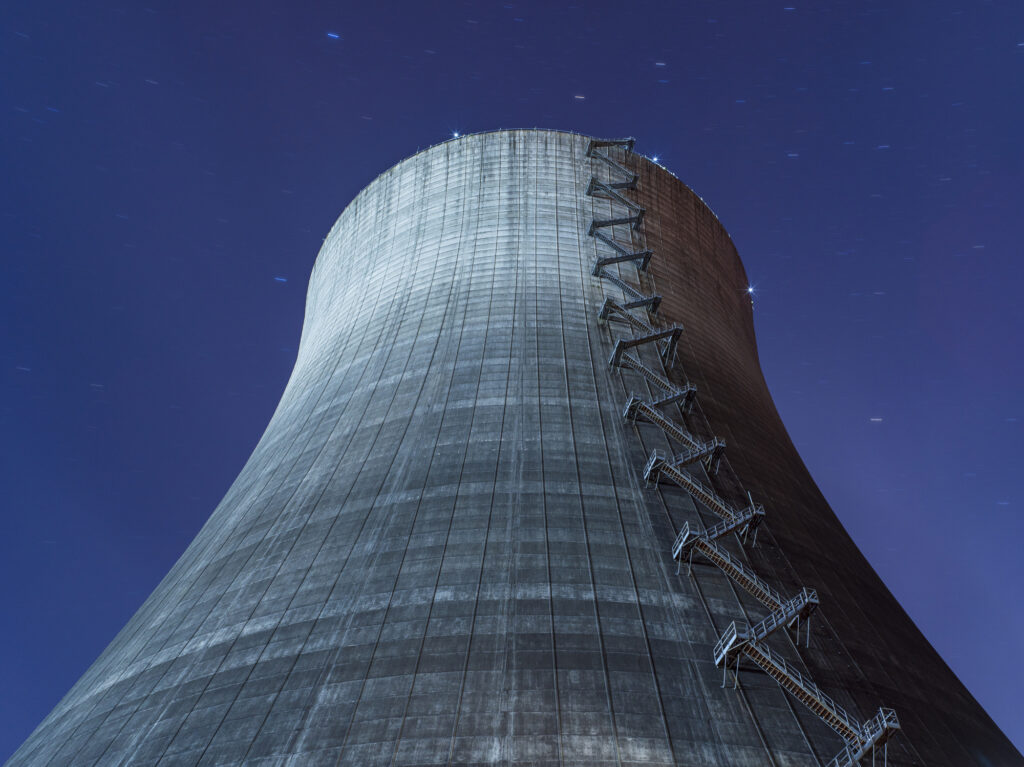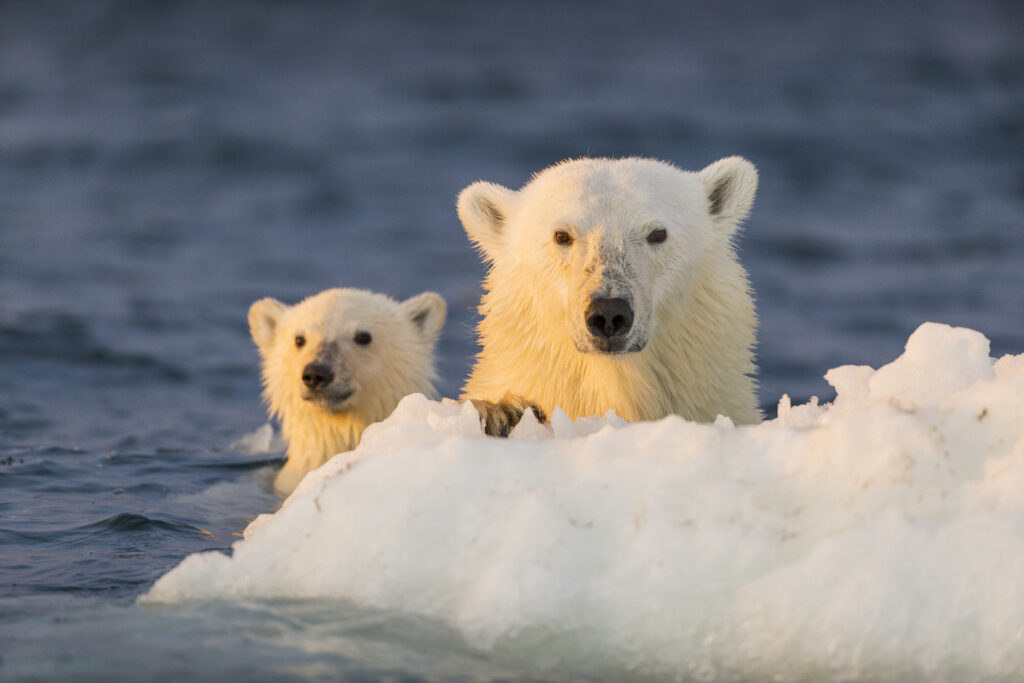The global satellite dataset shows no global warming for 18 years, 3 months. (See the figure below). The actual warming since the UN climate panel first reported in 1990, compared to the average of all five major global temperature datasets, has been half what the panel had predicted with “substantial confidence.”
Even the National Oceanic and Atmospheric Administration’s (NOAA) upper-ocean heat content chart, when converted back to the ocean temperature change from which NOAA calculated it, shows ocean warming over the past decade at a rate equivalent to just 0.5 C⁰/century.
Global sea-ice extent reached a satellite-era maximum late in 2014. Land area under drought has declined for 30 years. Patterns of flooding, of tropical cyclones, and of extra-tropical storminess show little change. Sea level is barely rising.
![[Figure: The least-squares linear-regression trend on the RSS satellite monthly global mean surface temperature anomaly dataset shows no global warming for 18 years, 3 months since October 1996.]](/sebin/h/c/Monckton-Graphic.jpg)
[Figure: The least-squares linear-regression trend on the RSS satellite monthly global mean surface temperature anomaly dataset shows no global warming for 18 years, 3 months since October 1996.]
Grave Errors in Assumptions
The January 2015 edition of Science Bulletin, a joint publication of the Chinese Academy of Sciences and the State Science Funding Council, carries a new peer-reviewed paper by Dr Willie Soon, Professor David Legates, Matt Briggs, and myself revealing the climate concern that’s supposed to lead to an internationally binding treaty in Paris this December is based on a series of elementary but grave errors in climate models. Without the errors, the so-called “climate crisis” melts away.
The errors of the enormously complex climate models are attributable to a well kept secret: Doubling atmospheric CO2 concentrations should result in an average global warming of just 1 degree Celsius, and possibly less than half that, but climate modelers erroneously assume “temperature feedbacks”—climatic changes triggered by a direct warming such as from CO2—triple warming. Without the assumed tripling, there is no climate problem.
Ice cores show over 800,000 years the absolute mean global temperature has probably varied by little more than 1 percent (or just 3 Cº) either side of the long-run average. This remarkable thermostasis suggests a small increase in global temperature cannot trigger a far larger increase driven by feedbacks. It is more likely temperature feedbacks attenuate the trivial direct warming caused by our sins of emission.
Flawed Models, Flawed Predictions
Models calculate the mutual amplification of distinct temperature feedbacks using a World War II equation from electronic circuit design that is inapplicable to the climate. The misconceived use of this equation is the main reason for scientists’ wild forecasts of 3, 5, or even 10 Cº global warming in response to doubling the CO2 in the air.
In modern conditions the overwhelming thermostatic influence of the two giant atmospheric heat-sinks—the oceans and outer space—dampens the already small direct warming from a doubling of CO2.
Simpler climate models that don’t assume unconfirmed feedback mechanisms calculate even if all the world’s affordably recoverable CO2 were released at once, only 2.2 Cº of global warming would result. This asymptote (a limit that global temperature can approach but never quite reach under modern conditions) has ruled the climate for a billion years. The equation misused by the official climate models to determine what is known as the “system gain”—the factor by which temperature feedbacks were thought to increase any direct warming—does not represent it.
Climate Singularity Assumed
Instead, the equation contains what is called a “singularity”—the very opposite of an asymptote—that does not exist in the real climate. As the simulated conditions in the models approach the singularity, the incorrect equation suggests sudden, massive global warming. In the real atmosphere, comfortably sandwiched between two great heat-sinks, this imagined “tipping point” is impossible.
The model developed by Monckton of Brenchley et al. in Science Bulletin was also designed to test whether there is unrealized global warming “in the pipeline.” The answer is no.
In blogs, in interviews, and in the learned journals, desperate climate scientists have advanced some 70 mutually incompatible explanations why the world has not warmed as fast as the general-circulation models had predicted. The truth is the models should not have predicted anywhere near that much global warming in the first place.
Unnecessary UN Deal
Our central estimate shows even if people do absolutely nothing about global warming the world will be less than 1 Cº warmer in 2100 than it is today.
Where does our research leave the UN climate negotiating process? The correct response would be to shut the global climate talks down. Yet, according to a statement by the UK’s Sir David King, to the House of Commons’ Environmentalist Committee early in 2014, only two countries were then opposing global Save-The-Planet government.
One was Canada, but Sir David predicted a convenient change of government early in 2015. The other was Australia, whose prime minister, Tony Abbott, has already swept away the CO2 tax.
All other nations, in defiance of science and the mounting evidence against alarm, are expected to toe the party line.
Since President Obama has unilaterally permitted China to remain part of the climate negotiations even though it will not have to cut its huge emissions, China will sign onto the agreement—even if the Politburo reads the Science Bulletin.
Lord Christopher Monckton ([email protected]) was an expert reviewer for the Fifth Assessment Report of the U.N. Intergovernmental Panel on Climate Change (2013).
INTERNET INFO
Christopher Monckton, et.al., “Why Models Run Hot: Results from and Irreducibly Simple Climate Model,” Science Bulletin, January 2015.





